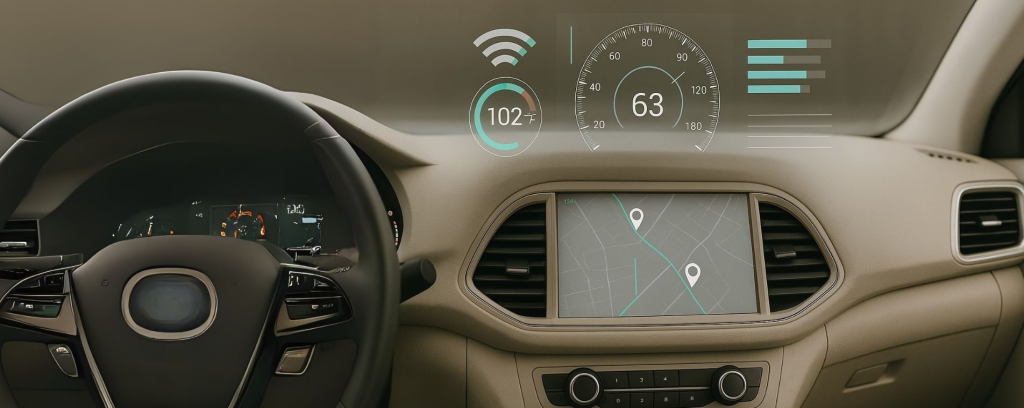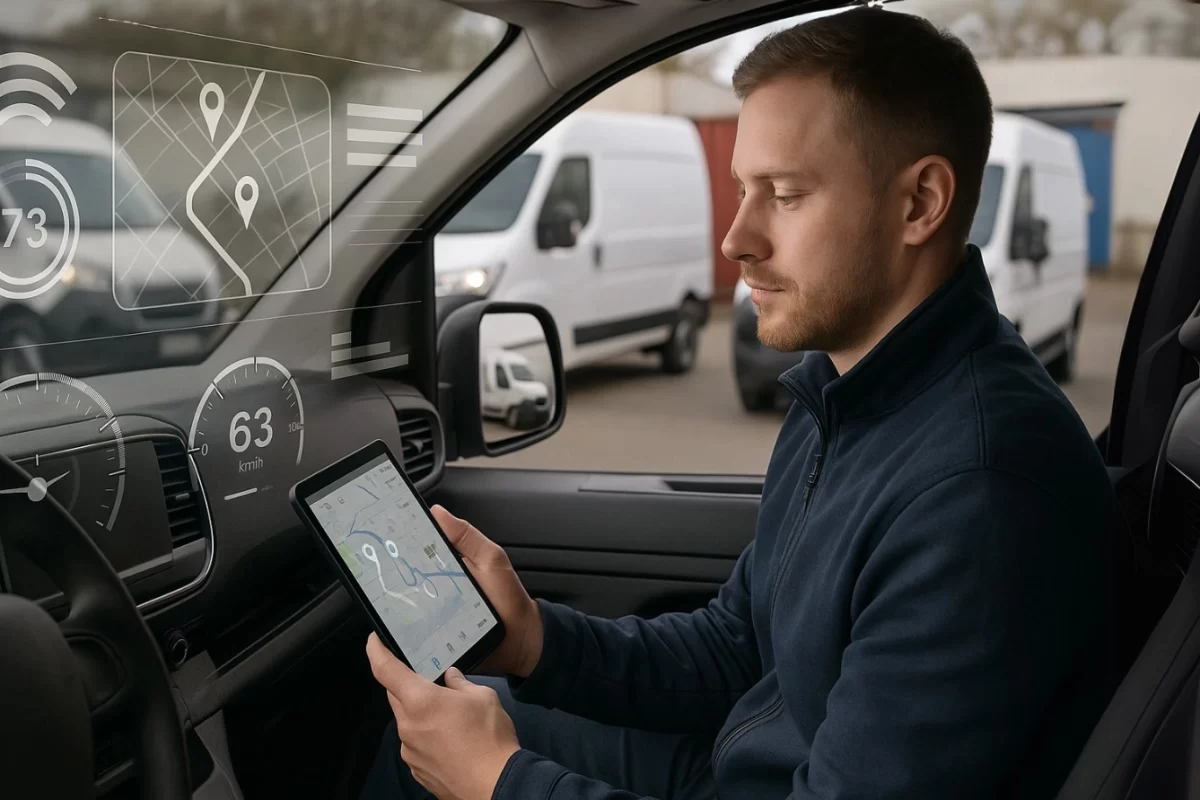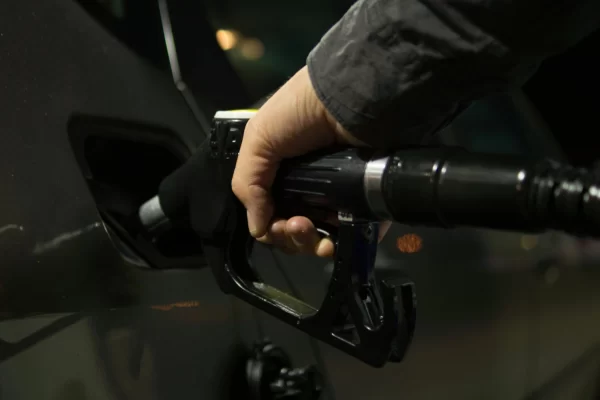Fleet management has entered an era where intuition is no longer enough, and gps tracking is becoming a critical tool. Gut feelings are being replaced with hard data—streamed live from every vehicle you operate. That shift? It’s powered by telematics.
No buzzwords. No fluff. Just the reality that a vehicle’s movement, gps data engine status, and even driver behavior can be tracked, analyzed, and acted on from anywhere. For operations that depend on vehicles, telematics is more than useful—it’s essential.
The growth of e-commerce, last-mile delivery, and field-based service operations means businesses can no longer afford blind spots. Every delay, detour, vehicle fault, or unscheduled stop comes with a cost. Telematics gives fleet managers the power to operate leaner, safer, and reduce costs, including decreased fuel costs—all in real-time.
What is Car Telematics?

Vehicle telematics isn’t a single gadget or app. Think of it as a system that plugs into your fleet’s nervous system—collecting movement, speed, fuel data, and engine activity through an onboard modem , and funneling all of that to a platform you control.
What makes it powerful isn’t just the vehicle specific data. It’s the context it provides. You’re not just seeing where a truck is—you’re understanding how it got there, how efficiently it traveled, and how the person behind the wheel handled the drive.
Install an aftermarket GPS device or telematics unit, and you suddenly know more about emergency services and warning systems than you ever thought possible:
- Which driver idled too long at a delivery point
- When a van’s tire pressure drops below safety limits
- Why one route consistently waste fuel while another runs clean
That’s more than vehicle tracking. That’s operational intelligence in motion, contributing to effective safety management .
In practical terms, a vehicle telematics system gathers data through sensors, GPS units, and onboard diagnostics (OBD-II ports). That data is then transmitted—usually over a secure cellular network—to a central dashboard that updates in real-time. Fleet managers can monitor key vehicle performance metrics like:
- Speed thresholds
- Mileage per gallon
- Vehicle location history
- Engine fault codes
- Brake and throttle activity
This integrated overview transforms how decisions are made. You’re no longer reacting to problems—you’re anticipating them through effective route planning and acting with purpose.
Benefits of Telematics

Let’s cut through the noise and focus on what actually changes once telematics is in play:
Fuel waste becomes a fixable problem.
Telematics reveals how fuel is used, not just how much is purchased; it also provides engine diagnostics. Speeding, idling, hard acceleration, and inefficient routes all contribute to higher fuel consumption. With telematics, you get visibility into every cause of fuel waste. Over time, smarter routing and coaching reduce fuel usage and costs, leading to a more increased fuel efficiency.
Driver behavior becomes visible.
Every minute on the road is a safety risk—and a brand risk. When a driver brakes too hard, corners aggressively, or uses their phone while driving, telematics captures it. This isn’t about punishment—it’s about support to improve driver safety and provide insights for insurance companies . Address unsafe behavior early, reduce liability, and reward good driving habits through driver telematics data.
Maintenance becomes timely, not costly.
Instead of relying on fixed schedules or manual checks, telematics gives you real-time alerts when something’s off. Low battery voltage, monitoring battery health overheating, or vehicle diagnostic trouble codes can trigger preventive maintenance. Fewer breakdowns mean lower downtime and repair costs.
Operational guesswork becomes a thing of the past.
With historical data on travel times, driver performance, and vehicle uptime, you can make accurate projections. Which routes cause consistent delays? Which drivers complete their deliveries on time? Telematics turns your past performance into future strategy.
And the systems? They play nice together.
Advanced telematics systems integrate with your GPS fleet tracking, Electronic Logging Device (ELD) compliance tools, dispatching software, CRM, and more. You won’t need to flip between apps or chase data. Everything you need to run a smarter fleet, including fleet management software, is in one place.
Still managing your vehicles with guesswork and phone calls? You’re missing the clarity that makes a real difference. Discover how Traxxis GPS Solutions delivers visibility, control, and results.
Future Trends in Telematics

This isn’t static technology. Telematics is evolving fast, and the next generation brings sharper insight and tighter control.
Predictive Maintenance Becomes the Standard
Tomorrow’s fleets won’t just respond to breakdowns—they’ll prevent them entirely. Predictive maintenance is shifting from innovation to standard practice, using historical data and AI to forecast issues before they escalate. Instead of reacting to a check engine light or an unexpected roadside failure, your fleet vehicles get alerts about early warning signs—low battery voltage, abnormal engine vibrations, or temperature spikes—long before they cause disruption.
This evolution helps reduce emergency repairs, minimizes downtime, and extends the life of every vehicle. For businesses that rely on uptime, predictive maintenance is not a luxury—it’s the backbone of a modern, proactive fleet management strategy.
Elevating Driving Skills Through Real-Time Feedback
Modern telematics systems go beyond passive tracking—they actively help drivers improve behind the wheel. With real-time alerts delivered through wireless telematics devices, mobile devices, mobile apps, or in-cab displays, drivers receive instant feedback on actions like harsh braking, speeding, rapid acceleration, or extended idling.
Instead of waiting for a manager’s report days later, they can adjust in the moment. This kind of immediate, constructive insight sharpens driving skills over time and fosters a stronger sense of accountability on the road. The result? Safer drivers, lower accident rates, and a company culture that values both performance and responsibility.
Integration gets deeper and smarter.
Telematics is no longer just a standalone tracking tool—it’s evolving into the central hub that connects your entire operational stack. Today’s advanced systems are built to integrate seamlessly with logistics platforms, warehouse management systems, dispatch software, and customer service portals. This means the data flowing from your entire fleet doesn’t just sit on a dashboard—it actively powers the rest of your business.
This level of integration eliminates silos, reduces manual coordination, and creates a fluid, responsive supply chain. Fleet managers gain transparency, teams stay aligned, and customers stay informed—all without extra effort. Telematics doesn’t just show where your fleet is. It tells every system what that means—and what to do next.
Sustainability tracking enters the mix.
With regulatory pressures and consumer expectations on the rise, businesses need visibility into emissions and fuel usage. Telematics can now report global positioning system carbon output per vehicle, per trip. That allows you to create greener routing plans, support ESG reporting, and unlock potential tax incentives.
Expect voice-assisted dashboards, machine-learning route optimization, and even vehicle-to-infrastructure communication to become part of mainstream fleet telematics within the next five years.
Learning the System Behind the System

Don’t assume telematics expertise comes naturally. Like any good tool, it requires some upfront understanding. Fortunately, the knowledge gap is easier to close than ever:
Industry Reports & White Papers
Leading telematics providers and research institutions regularly publish insights on emerging trends, regulatory shifts, and use cases across different industries. These reports offer a valuable peek into the direction the industry is heading.
Telematics Vendor Support
Reliable providers like Traxxis don’t just sell hardware—they offer user guides, onboarding support, system training, and technical assistance. These resources, including the telematics control unit, can dramatically reduce your learning curve and ensure smooth implementation.
Professional Development & Certification
Numerous online courses and certification programs are designed for both managers and drivers. They teach the principles of telematics, best practices in data interpretation, and ways to use telematics insights for decision-making.
Peer Forums and Associations
Industry organizations such as NAFA or ATA offer networking opportunities, events, and collaborative learning environments. These groups are a great way to stay updated and hear how others are applying telematics in the field.
When evaluating a telematics system, choose a provider that not only understands the technology but also your specific operational challenges. Not every fleet runs the same way—your tools should reflect that.
Final Thoughts
Every vehicle in your fleet has a story to tell—how it’s driven, how it’s maintained, how asset tracking applies and how much it costs you per mile. Without vehicle telematics data, that story is lost in the noise. With it, you see the full picture.
This isn’t about buying another dashboard. It’s about gaining the power to move faster, plan smarter, and operate with clarity.
Embracing telematics isn’t just a way to track vehicles—it’s a strategic move to unlock hidden efficiencies and reveal opportunities that traditional management overlooks. Commercial fleet vehicles equipped with real-time vehicle data can cut unnecessary expenses, improve driver accountability, and enhance customer satisfaction by delivering predictable, transparent service.
As fleets grow more complex, relying on instinct or manual processes leaves too much to chance. With Traxxis GPS Solutions, you gain a partner who not only provides the telematics technology but also supports you in harnessing its full potential to drive lasting improvements across every mile you cover through enhanced fleet operations .
Traxxis GPS Solutions delivers real-time telematics tailored to the demands of busy fleet managers. From driver safety to route optimization, from diagnostics to ELD compliance—it’s built to bring all the moving parts under control.
Modern fleet telematics is no longer a tech upgrade—it’s a necessity. As the industry shifts toward data-driven logistics with general packet radio service, staying competitive means staying connected, and staying connected means implementing systems that speak your fleet’s language.
Time to Take the Wheel
You don’t need more tools—you need the right ones. Get a telematics solution that works as hard as your fleet does.





